
AsianOverland.net
Tour Guide - Itinerary
Asian Overland Sydney to London
Started 22/06/2022 Finished 21/06/2023365 Days ITINERARY
Day 270 date 18/03/2023ST ANTON to SALZBURG, AUSTRIA
ASIANOVERLAND.NET LONDON TO SYDNEY DAY 270: ST ANTON TO SALZBURG, AUSTRIA
The name Salzburg means "Salt-Castle", from the barges carrying salt on the River Salzach, which were subject to a toll in the 8th century, as was customary for many European communities and cities on rivers. Hohensalzburg Fortress, the city's fortress, was built in 1077 by Archbishop Gebhard, and was expanded during the following centuries.
Salzburg’s independence from Bavaria was secured in the late 14th century.
Salzburg was the seat of the Archbishopric of Salzburg, a prince-bishopric of the Holy Roman Empire. As the Reformation movement gained strength, riots broke out around Salzburg. The city was occupied during the German Peasants' War, and the Archbishop escaped to the safety of the fortress, which was besieged for three months in 1525.
On 31 October 1731, Archbishop Count Leopold Anton signed an Edict of Expulsion, directing all Protestant citizens to recant their non-Catholic beliefs. 21,475 citizens refused to recant their non-Catholic beliefs and were expelled from Salzburg. Most of them accepted an offer by King Friedrich Wilhelm I of Prussia to new homes in East Prussia (Königsberg), in present-day Kaliningrad (which has been part of Russia both before and after WW11).
The composer Wolfgang Amadeus Mozart, born and raised in Salzburg when it was part of the Prince-Archbishopric of Salzburg within the Holy Roman Empire, was employed as a musician at the archbishopal court from 1773 to 1781. His house of birth and residence in Salzburg are tourist attractions and his family is buried in a small church graveyard in the old town.
In 1781 archbishop Colloredo was one of the main employers of Mozart, but often had argued with Mozart and dismissed him saying, "May he leave; I don't need him!”. Mozart left Salzburg for Vienna in 1781 with his family, although his father Leopold stayed in Salzburg.
In 1803, the archbishopric was secularised by Emperor Napoleon, who transferred the territory to Ferdinando III of Tuscany, former Grand Duke of Tuscany, as the Electorate of Salzburg.
In 1805, Salzburg was annexed to the Austrian Empire.
In 1809, the territory of Salzburg was transferred back to the Kingdom of Bavaria after Austria's defeat at Wagram.
After the Congress of Vienna, Salzburg was definitively returned to Austria, but without Rupertigau and Berchtesgaden, which remained with Bavaria.
In 1850, Salzburg's status was restored as the capital of the Duchy of Salzburg, a crownland of the Austrian Empire. The city became part of Austria-Hungary in 1866 as the capital of a crownland of the Austrian Empire.
© This work is copyright. Apart from any use permitted under the Copyright Act 1968, no part may be reproduced by any process, nor may any other exclusive right be exercised, without the permission of Peter Searle, peter@portseavillageresort.com; 1980-2024.
Website built by Justin O’Dea www.webdeveloperdocklands.com.au
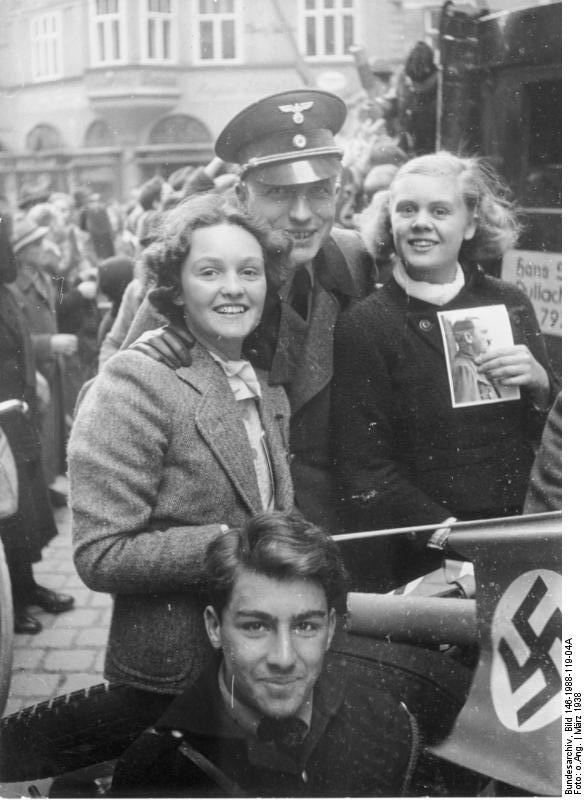

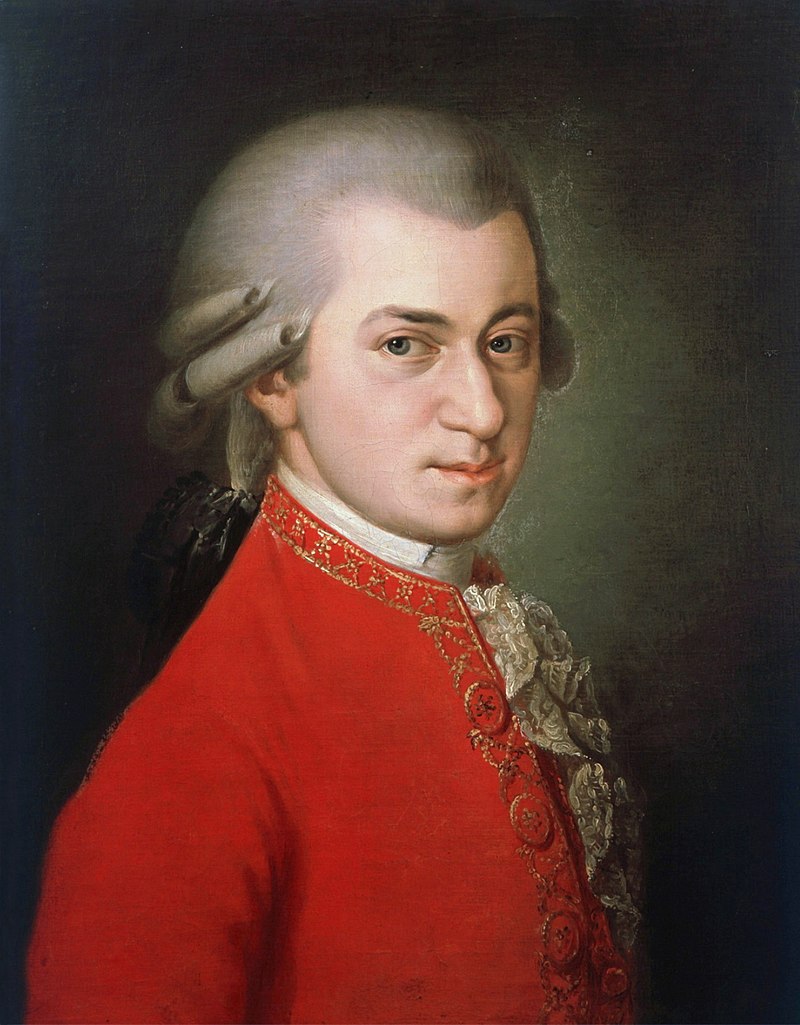
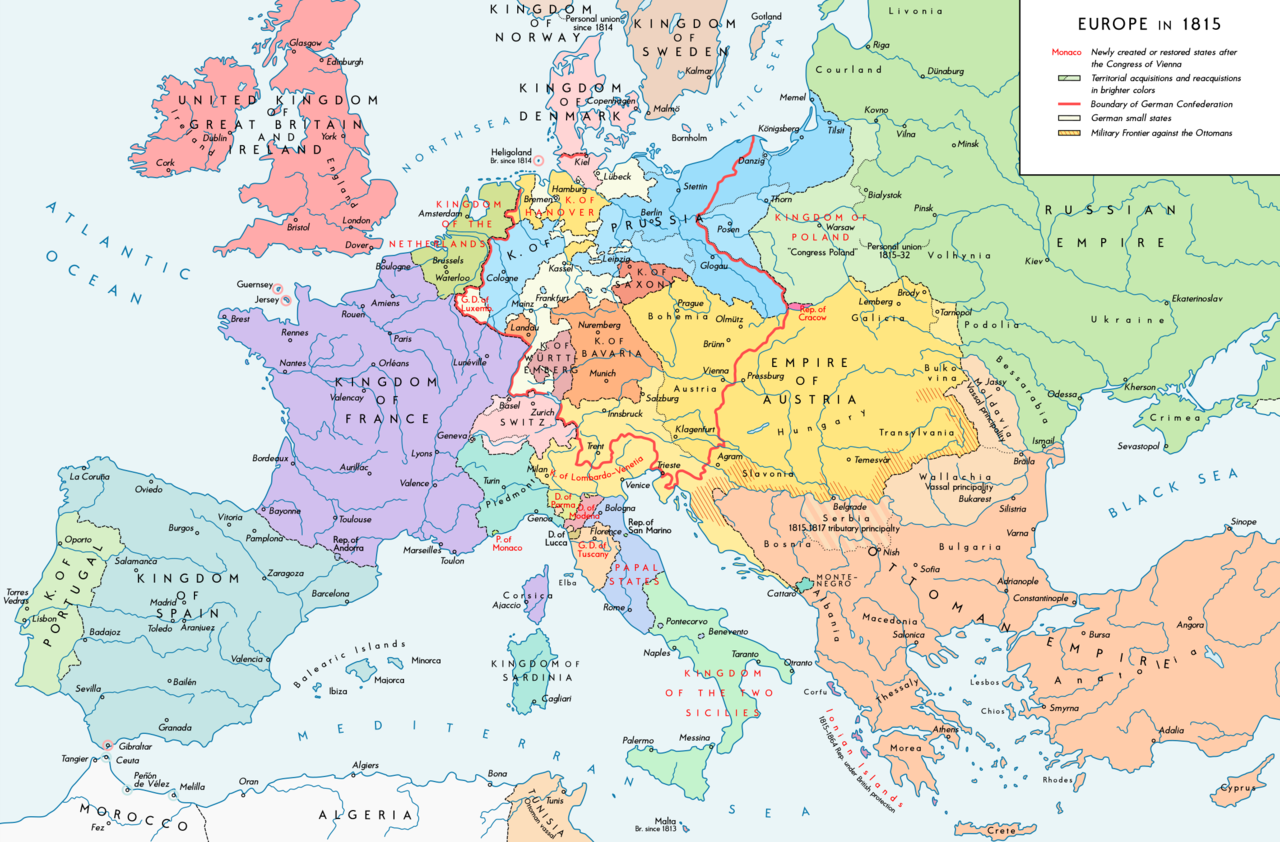
.JPG)
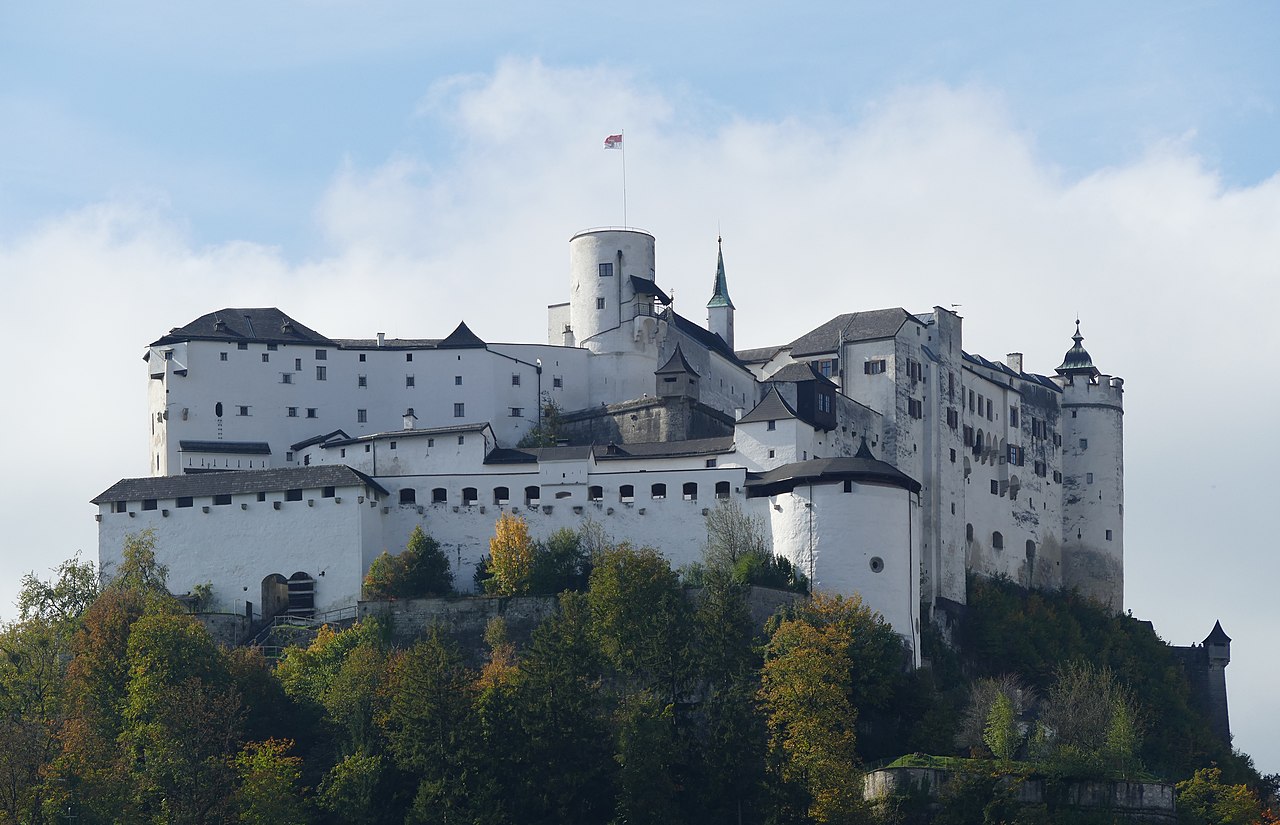
.jpg)
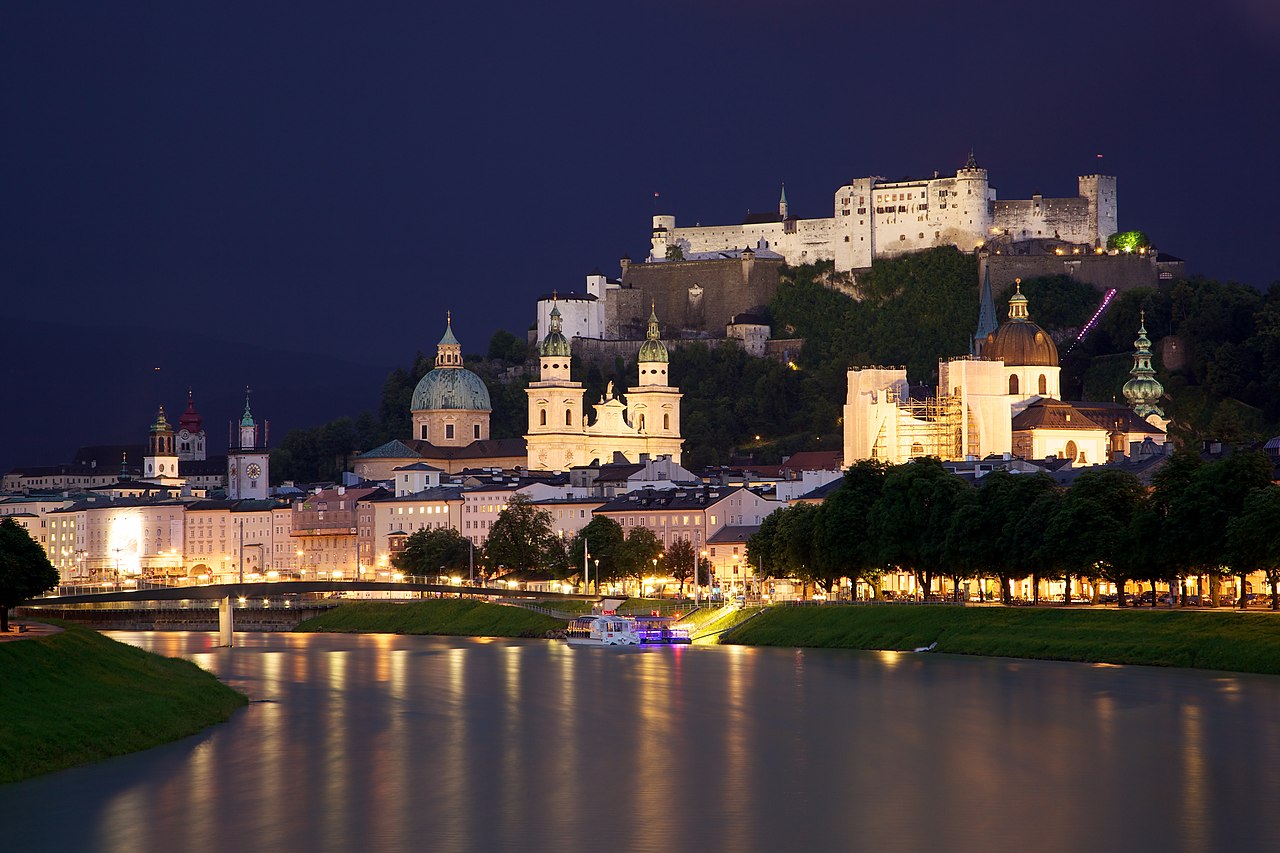
.jpg)